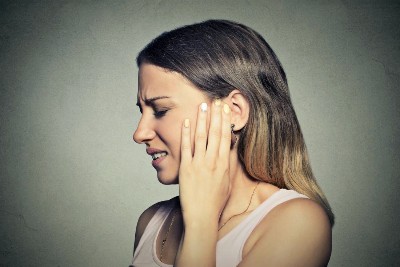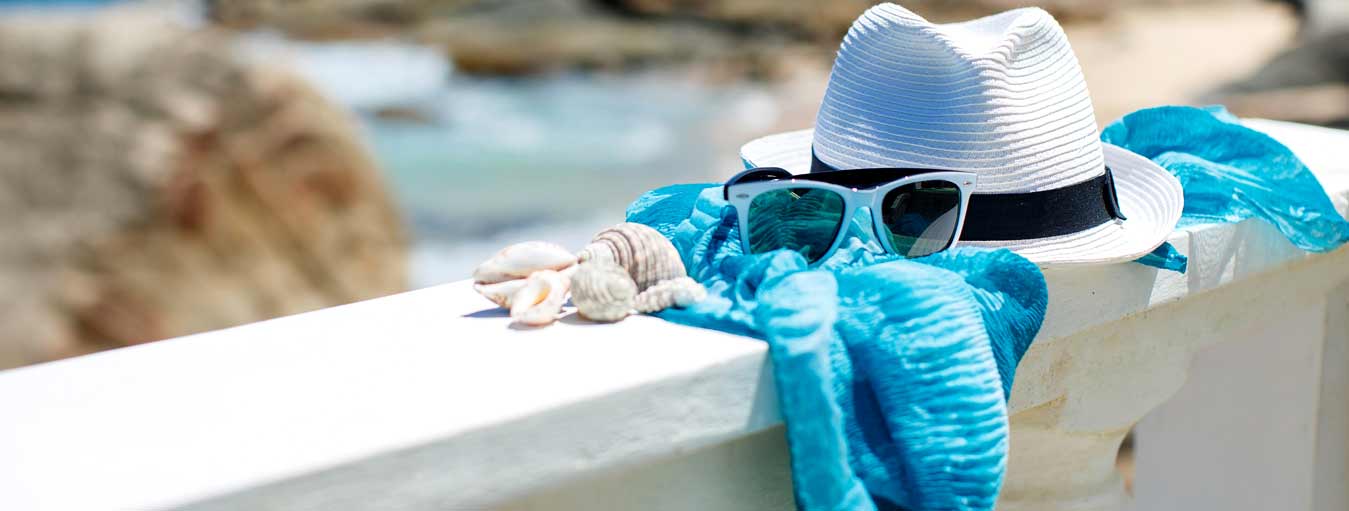Blog
-

How to unclog your ears: Eight home remedies.
 3 Nov , 2017
3 Nov , 2017
How to unclog your ears: Eight home remedies.
As we all know, the ears are important organs. They interpret sound waves for hearing and also help maintain balance in the body. The ears have a canal that allows for the influx of sound waves and the outflow of earwax.
Unfortunately, there are times when the ears can become clogged due to factors both outside and inside the ear. Clogged ears can affect a person’s hearing and sense of balance, as well as cause pain and discomfort.
This article looks at the various causes of clogged ears, some home remedies for the condition, and when to see a doctor.
Causes of clogged ears.
Some of the more common causes of blocked and clogged ears include:
Barotrauma of the ear:
Also known as “airplane ear,” this condition occurs when the ear cannot properly pressurize due to the changing air pressure on an airplane.
Ear infection:
An ear infection may lead to an increase of fluid production, which may cause the ear to become clogged. Also known as otitis media, an ear infection occurs when fluid builds up in the ear and a virus or bacteria start to multiply in the fluid. This causes pain and the sensation of clogged ears.
People often experience an ear infection after they have a cold or some other kind of illness that results in increased mucus production in the head.The extra fluid and mucus can impact the ears and contribute to ear infections.Earwax impaction:
Excess earwax production can cause a buildup of wax that can block the ear canal, creating a sensation of clogged ears. Wearing hearing aids can lead to earwax impaction because the earwax cannot escape, as easily, due to the placement of the hearing aids.
Foreign object in the ear:
Sometimes, small devices a person may use in an attempt to clean their ears, such as cotton swabs, can become lodged in the ear canal. Children may also stick small items in one of their ears, resulting in a clogging sensation.
Swimmer’s ear:
This condition occurs when a person’s ear is exposed to water, and water becomes trapped in the ear, causing an infection. Although swimmers most commonly experience this condition, it is possible to get swimmer’s ear from the shower or other moist environments.
Here now, are 8 tips for unclogging your ears:
(As a general rule, it is important to use only minimally invasive at-home treatments for clogged ears).Excess earwax:
The ears naturally produce earwax. The natural motions of the body, such as chewing and speaking, will usually help guide earwax out of the ear canal. Sometimes a person produces excess earwax. When this is the case, some at-home treatments include:
1. Softening the wax
Earwax can be too hard and packed to leave the ear canal naturally. When this happens, a few drops of certain liquids, such as baby oil, glycerin, or mineral oil, can help. Putting 2-3 drops in the ear may help soften the wax so it can escape more easily.
2. Ear syringing
Ear syringing can follow softening the wax. A person can purchase a syringing kit at their local drugstore or see their doctor. About 15 to 30 minutes after putting in drops to soften the earwax, a person can use the syringing kit to introduce water into the ear. The water should be room temperature to avoid dizziness. (A person should never try ear syringing if they have a hole in their eardrum or have ear tubes, which could introduce water deeper into the ear canal).
Airplane ear:
If the ears become clogged or painful due to airplane pressure changes, the following steps may help:
3. Valsalva maneuver
(This maneuver can help readjust the pressure in the ears).To perform the maneuver, a person should take in a deep breath, pinch the nostrils shut, close their mouth, and try to exhale against the pinched nostrils. The breath does not have to be overly forceful for this technique to work.
4. Passive techniques
These techniques can passively help open the eustachian tubes that are in the ear and reduce feelings of fullness or clogging.
Examples of passive techniques include:
Drinking water,
chewing gum,
yawning,
swallowing frequently.5. Earplugs
Some earplugs are marketed toward those who experience airplane ear. These devices have special filters that are designed to promote airflow and equalize pressure in the ears.
(While there is no significant scientific evidence showing that they are effective, anecdotal reports suggest that these earplugs can work).6. Decongestants
Taking a decongestant before flying may help reduce swelling of the mucous membranes that can place further pressure on the ears. The University of California, Berkeley recommend taking an oral decongestant an hour before departure and another dose an hour before the plane’s descent for an extended flight. An airplane’s descent is the most common time for ear pressure difficulties.
Swimmer’s ear:
Keeping the ear clean and dry can help reduce the clogged feeling that occurs with swimmer’s ear, an infection of the ear canal.
An individual can use a number of preparations to “dry” the eardrum and prevent infection. Examples include:
7. Rubbing alcohol or alcohol and vinegar.
A few drops of rubbing alcohol or a mixture of one part vinegar and one part alcohol can help dry out the ears.
8. Commercial preparations.
Many drugstores sell packaged ear drops that are designed to remove water from the ears.
(If someone has a hole in their eardrum, they should not use ear drops).In addition to these tips, a person can use a hair dryer or dry the ears gently with a towel after exposure to water to keep the ear dry.
Wearing earplugs while swimming or bathing can also help reduce the risk of water entering deep into the ear canal.
When to see a doctor:
It is possible to cause more harm when attempting to unclog ears at home. If the ears do not unclog easily, professional medical advice is needed. The different causes of clogged ears require different treatments. In many instances, it is best to see a physician to unclog the ears. Sometimes a person can unintentionally cause further harm and damage with at-home methods. If clogged ears do not resolve easily at home, a person should see their doctor, particularly if they have any of the following symptoms:
A fever greater than 101°F in an adult,
moderate to severe ear pain,
ear pain that is worsening,
drainage from the ear that is bloody or filled with pus,
changes in hearing,
severe dizziness that does not get better,A doctor will likely ask about the following:
The ear symptoms a person has experienced.
Any at-home treatments performed.
What makes the symptoms worse or better.The doctor will examine the ear using a special tool called an otoscope. This device is designed for insertion into the ear to help the doctor view the eardrum just inside the ear canal.
If the ear is infected, a doctor may then prescribe an antibiotic, to reduce the bacteria inside the ear.
Source: Medical News Today
Image credit: 123RF





























































































































































































































































































































































































































































































































































































